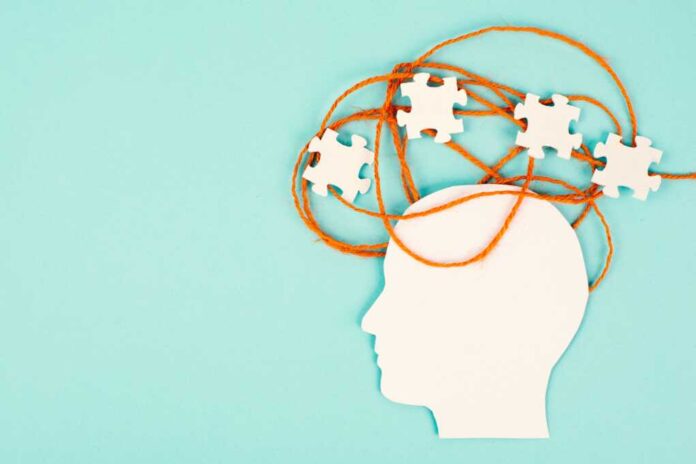
Attention Deficit Hyperactivity Disorder (ADHD) is a neurodevelopmental disorder characterized by a consistent pattern of inattention and hyperactivity-impulsivity that interferes with functioning or development.
Its impact on individuals and families is profound, influencing academic performance, social interactions, and overall quality of life.
Traditional treatment modalities―primarily, pharmacological interventions―have been the cornerstone of managing ADHD symptoms. However, the quest for alternative and adjunctive treatments has led to the exploration of neurofeedback as a potential approach.
Understanding Neurofeedback: Harnessing the Brain’s Plasticity
Neurofeedback, also known as EEG biofeedback, is grounded in the principle of neuroplasticity―the brain’s ability to change and adapt in response to experience.
This technique involves the real-time monitoring of brainwave patterns using electroencephalography (EEG). Participants are trained to alter their brain activity through feedback, typically presented as visual or auditory signals on a digital screen. By rewarding certain brainwave patterns and discouraging others, neurofeedback aims to train the brain to function more effectively.
The Mechanism of Neurofeedback in Addressing ADHD
ADHD is associated with dysregulation in certain brain networks, particularly those involved in attention and executive functions. Neurofeedback targets these dysregulated patterns, seeking to enhance cortical control and improve focus.
Studies have shown that individuals with ADHD often exhibit an imbalance between theta and beta waves. Neurofeedback protocols often focus on decreasing theta (associated with drowsiness and inattentiveness) and increasing beta waves (associated with focus and alertness).
Clinical Evidence: Assessing the Efficacy of Neurofeedback for ADHD
The effectiveness of neurofeedback in treating ADHD has been a subject of research for several decades. Various studies and meta-analyses have indicated a range of outcomes, from significant improvement in ADHD symptoms to mixed results.
One notable aspect is the variance in protocol, methodology, and quality of these studies, which has implications for the interpretation of their results. The most promising findings suggest improvements in attention, impulsivity, and hyperactivity, which are core symptoms of ADHD.
Personalization and Long-term Effects: The Advantages of Neurofeedback
One of the key benefits of neurofeedback is its potential for personalization. Unlike medication, which offers a more one-size-fits-all approach, neurofeedback can be tailored to the individual’s specific brainwave patterns.
This personalized approach may increase the efficacy and reduce potential side effects.
Neurofeedback’s potential for long-term effects is another compelling aspect. Training the brain to regulate its activity could lead to lasting changes, unlike the temporary symptom relief often provided by medication.
Integrating Neurofeedback into a Holistic ADHD Treatment Plan
Despite its potential, neurofeedback should not be viewed as a standalone solution for ADHD. Integrating it into a comprehensive treatment plan that may include medication, behavioral therapy, and lifestyle modifications can be more effective. Such an integrative approach acknowledges the multifaceted nature of ADHD and addresses various aspects of the disorder.
Neurofeedback as a Complementary Approach in ADHD Management
Neurofeedback presents a fascinating and potentially transformative approach to managing ADHD. Its foundation in neuroplasticity and ability to be personalized make it a unique and promising treatment modality.
While not a panacea, its integration into a comprehensive treatment plan offers a holistic approach to managing ADHD, potentially reducing reliance on medication and fostering long-term brain health and functionality.
As research continues to evolve, neurofeedback may become an increasingly vital component of ADHD treatment strategies.






















